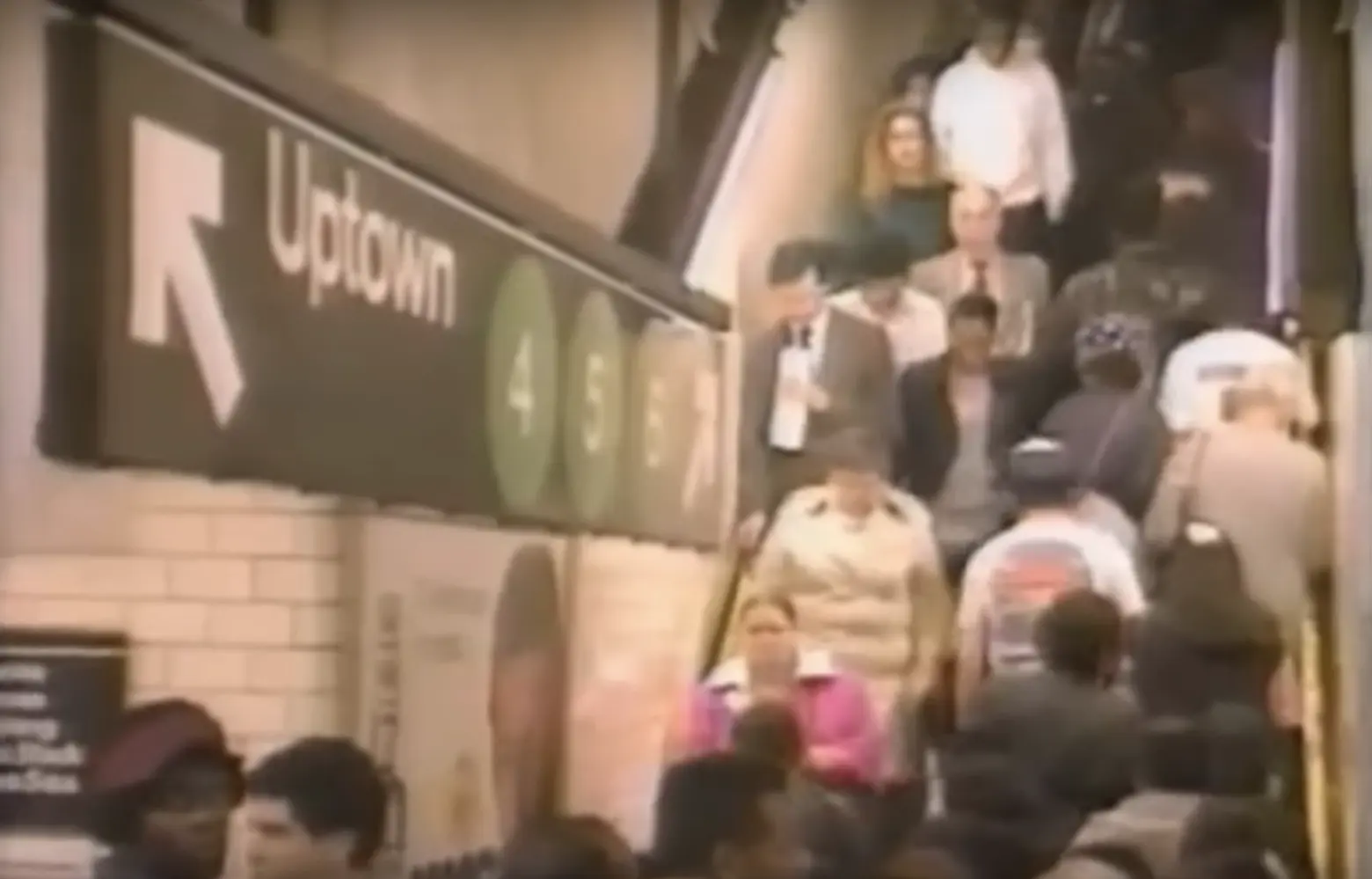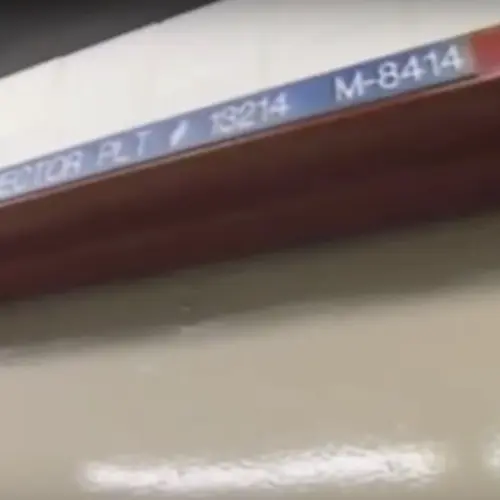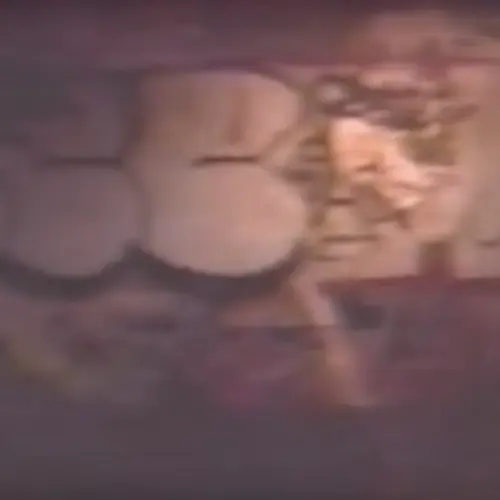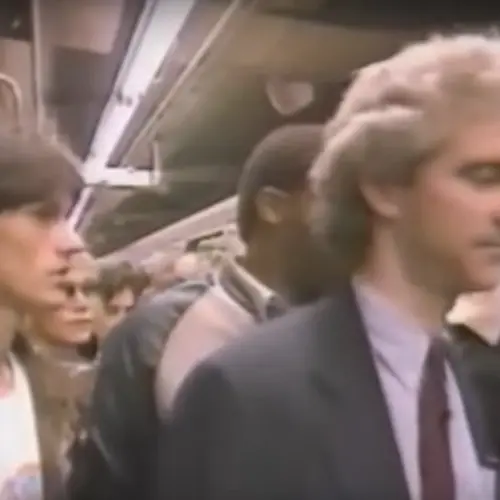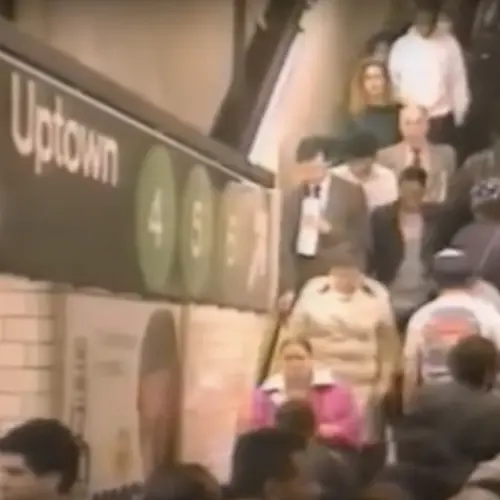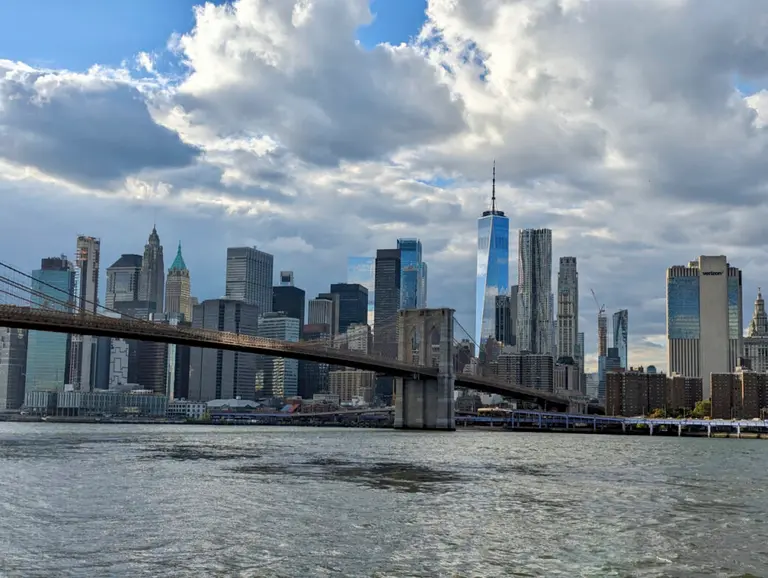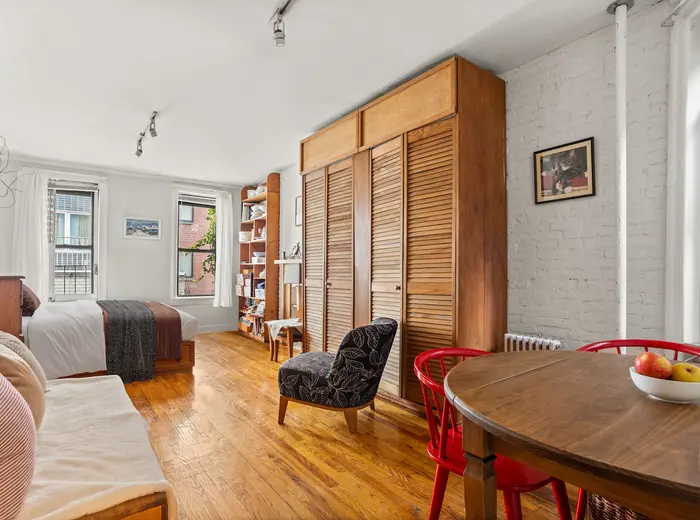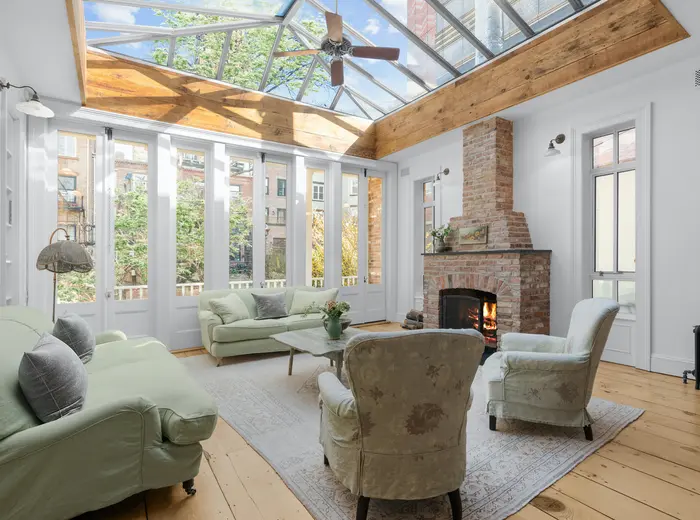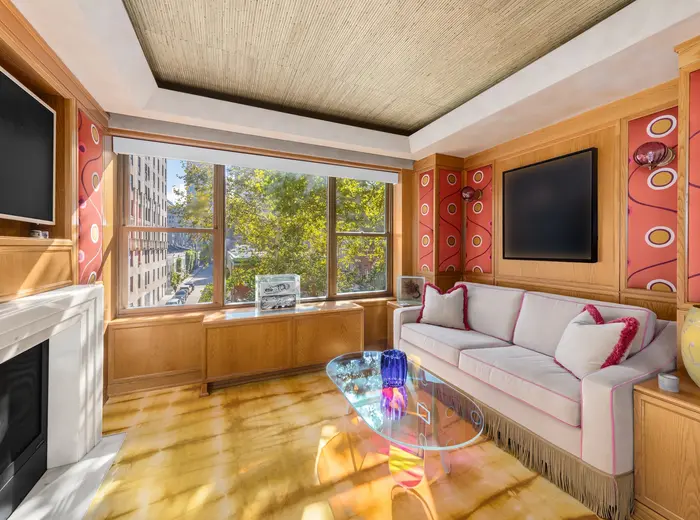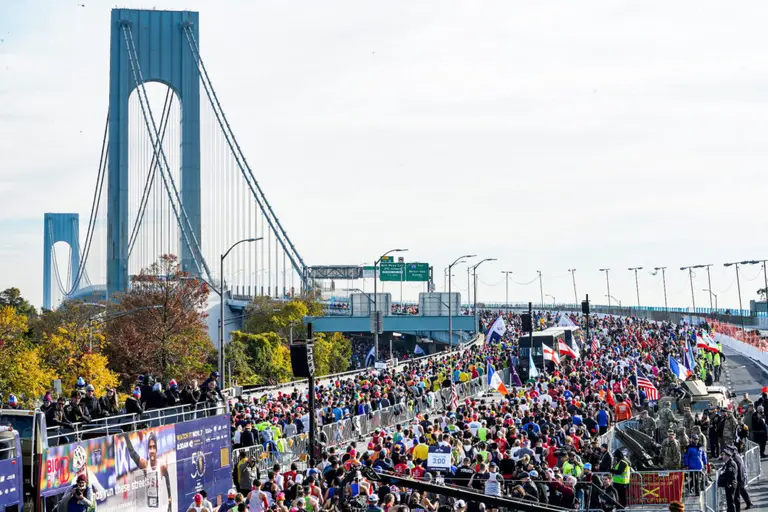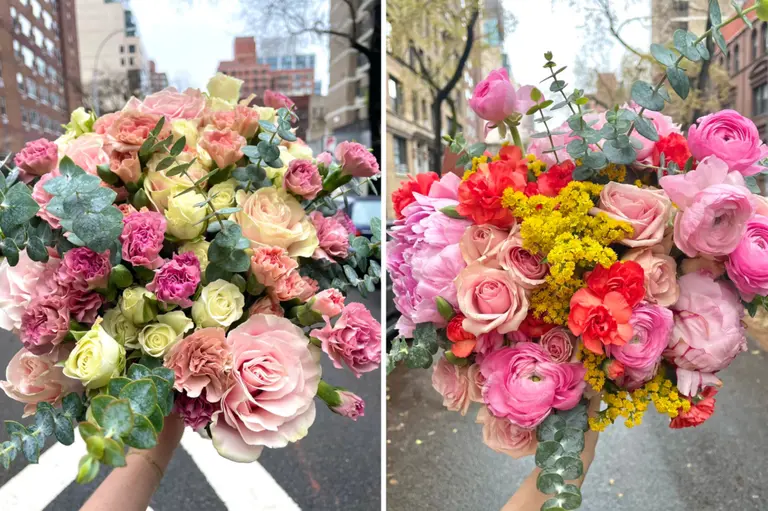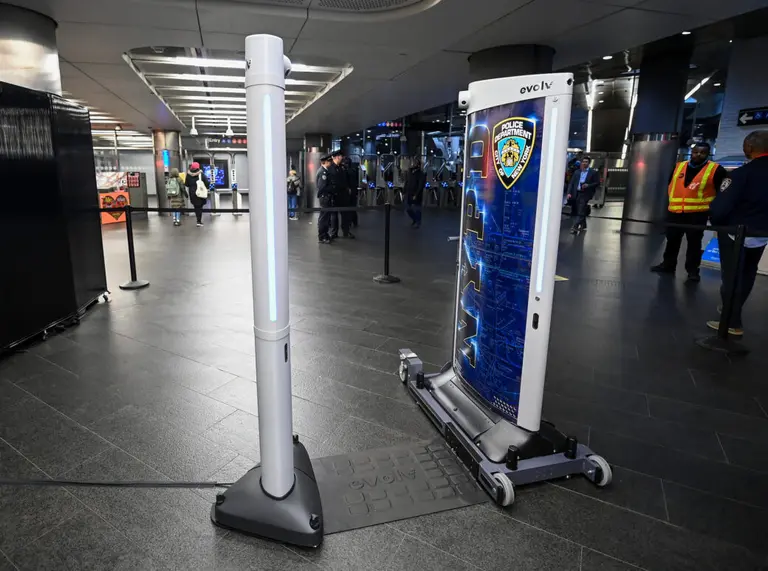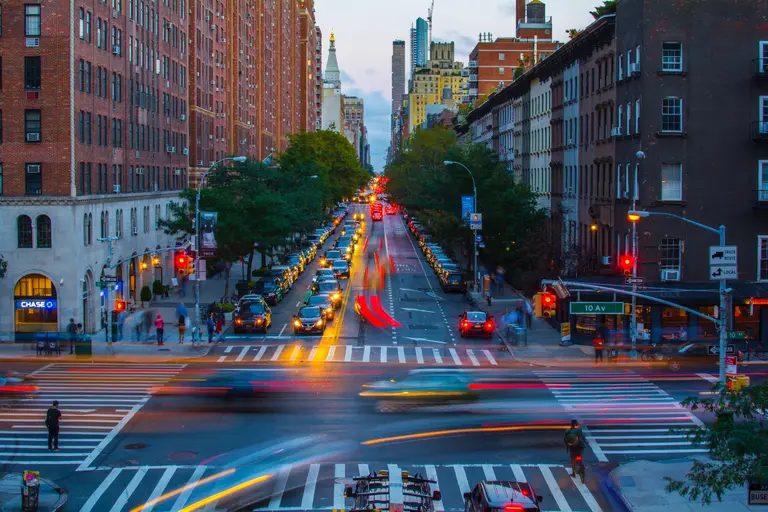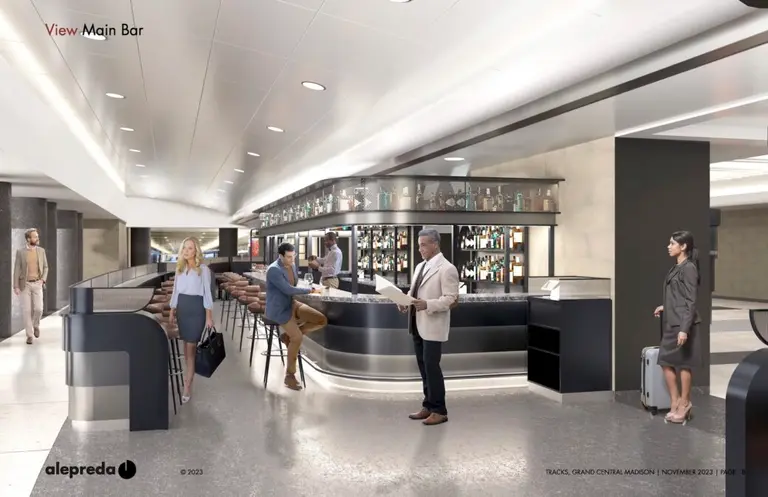VIDEO: A Visit to the ‘Creepy’ Depths of the ‘90s Subway Finds Some Things Haven’t Changed
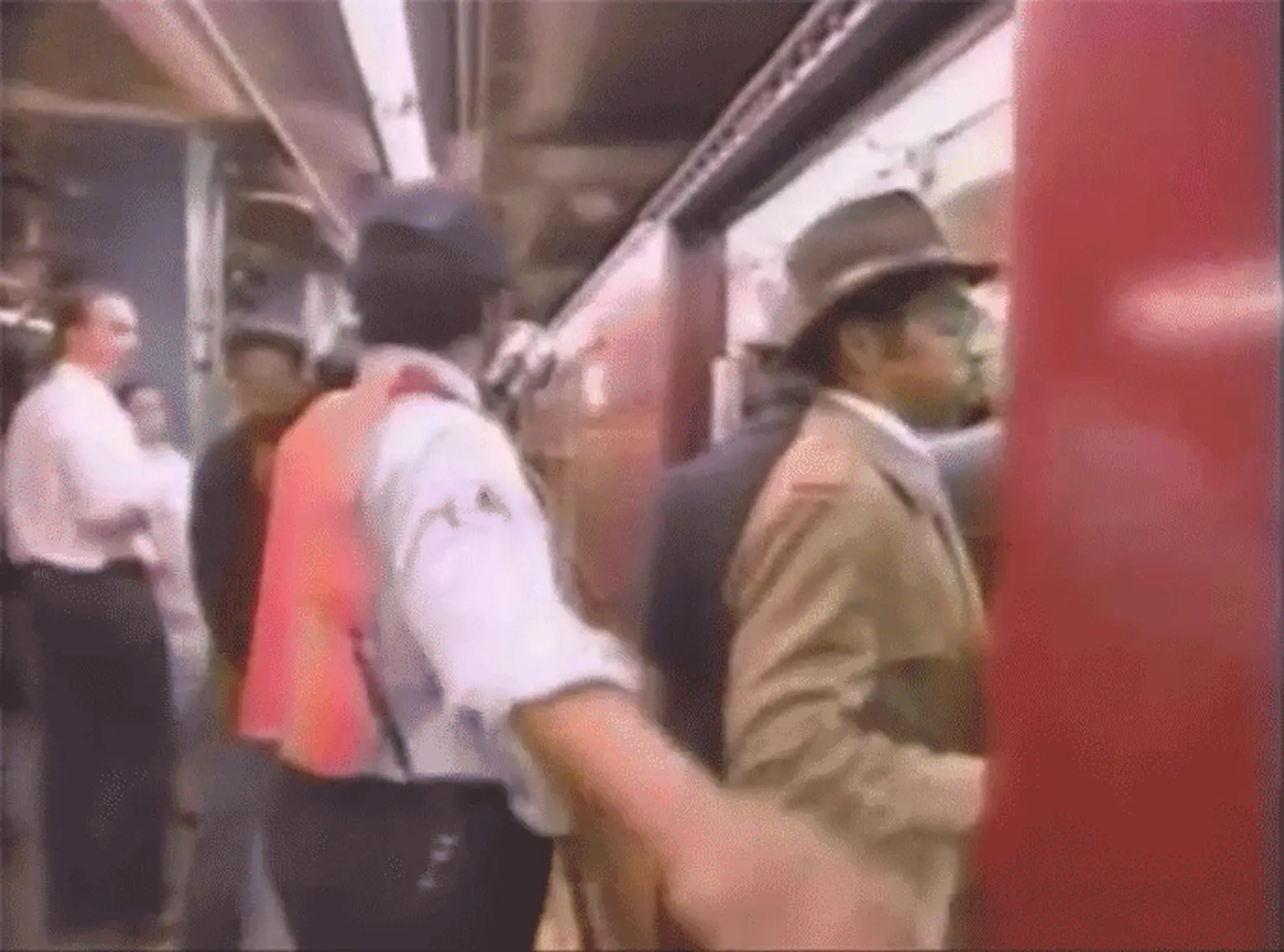
Here’s a video that drops a subway token on the dark ages of 1990, when the city’s underground transit system may have been a little “creepy,” but buses still took forever. While our ideas of what’s merely unruly (afterschool hordes) and what’s downright dangerous (the NYPD, eek!) may have been changed by the intervening years, it’s interesting to note the things that have stayed the same (capacity crowds on the Lexington Avenue line). Our host, a Fonzie-meets-Geraldo-esque Newsday columnist by the name of Ellis Henican, skims the surface of the many, many things that are going on below it in the city’s subway tunnels of the day, including ghost stations, locked restrooms and more.
The subway was, and still is, “amazingly huge;” there were 25 lines (today there are 35) and about four million riders a day, compared to today’s six million riders daily totalling 1.8 billion rides a year. And today we’re faced with a whole new level of possible creepiness. Like audio surveillance, pizza rat, manspreading and dripping gunk.
Our host explains that crime was rife: The most dangerous time to ride the subway was apparently between 2-4 PM, when afterschoool hordes ran loose on the MTA; this youthful scourge may not strike as much terror into riders as it did in the pre-Giuliani era, but crimes of fashion and embarrassing the daylights out of one another in public threaten to reach epic proportions daily.
A recent report from the mayor’s office says homelessness is down by 12 percent from 2015, 36 percent less than 2005; our host paints a different picture from a different time, explaining that the E train had the most homeless riders because “it never goes above ground; the warmth stays in the car.” Which doesn’t really make sense, because as far as we can tell, the cars were heated even back in the long-ago ‘90s. And in today’s Wall Street shuttle of an E train, backpacks and smartphone zombies are more of a nuisance than riders-in-residence.
Then there’s the “sardine train,” the Lexington Avenue line on Manhattan’s east side. And that’s where we get to the part where things haven’t changed a bit. In 1990, the most absolutely hellish ride (human-body-to-space-ratio-wise) could be had on the the 4, 5, 6 trains during the evening rush hour. Sounds about right to us, and current numbers bear this out. According to a recent New York Times article on the growing problem of overcrowding on the very same East Side line, it’s still the most crowded in the system.
Things start to actually get a little creepy when the ghost stations are mentioned. These are stations that “don’t fit into the Transit Authority’s plans.” Apparently the MTA tossed around a few ideas about what to do with these abandoned no-man’s platforms, graffiti-covered, dark and forlorn. One idea was to use them as nightclubs (because we do like our nightclubs graffiti-covered, dark and forlorn). But then you’ve got to worry about, you know, trains. Which really could put a crimp in your clubbing game. More recently we’ve come up with some better ideas. In 2008, for example, public art was installed on the walls of an abandoned Myrtle Avenue platform just north of Dekalb Avenue.
Ghost stations aren’t the only creepy thing in the pre-millennial subway darkness. There are bathrooms! At the time the video was made, 105 stations boasted public restrooms. Which sounds like a good thing. Except they’re in subway stations. And most of them were chained shut. Which probably contributes at least somewhat to that familiar subway scent that may or may not be less pervasive than it was in the creepy ‘90s but definitely still exists.
Today there are allegedly 129 restrooms in subway stations (h/t Untapped) but no one seems to be sure how many of those are locked. One last ominous detail: The mysterious “ejector room.” Which the video does not explain, but we will: Those ejector rooms contain pumping systems that eject water from the stations during flooding conditions and remove water from lavatories.
RELATED:
- VIDEO: Visit ’93 New York City in High-Tech HD
- VIDEO: Riding the Subway in the 1940s Wasn’t Much Different From Today
- VIDEO: Visit the Wonderfully Weird Lower East Side of 1995
